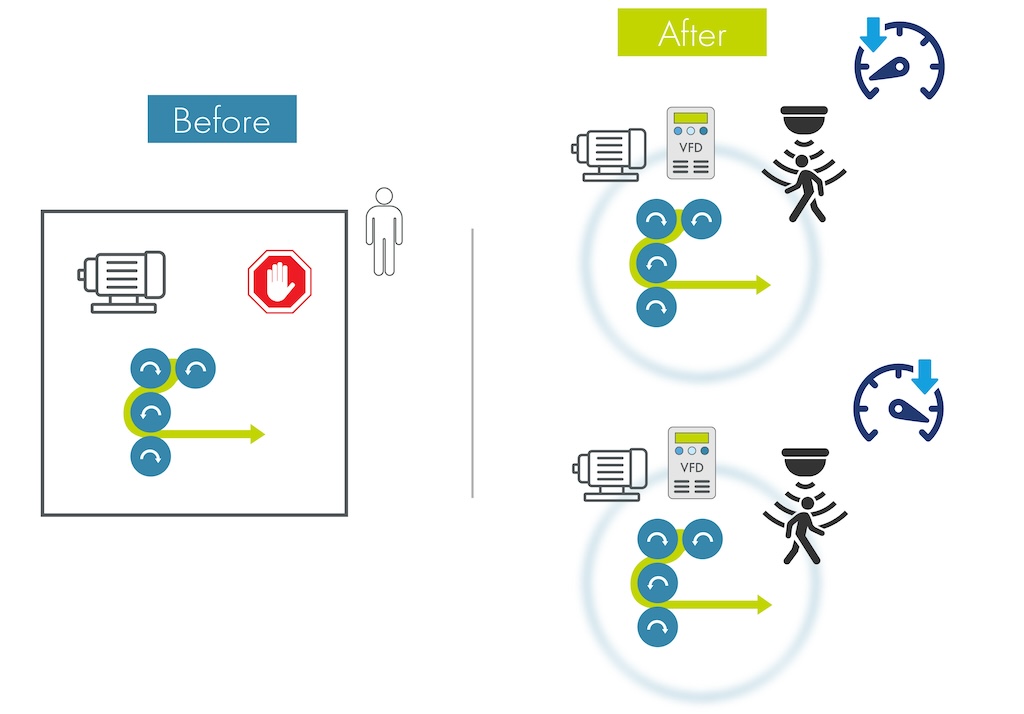Not only has the stock market lost ground since last fall, but so has the reputation of Corporate America in the eyes of consumers. Seven out of 11 industries saw their reputation decline last year from 2006, and 16 of the companies with the worst marks fell even further, according to the Harris Interactive Reputation Quotient (RQ) survey.
But despite a slide in Corporate America’s image among consumers, the RQ found a strong statistical correlation between a company’s overall reputation and the likelihood that consumers will purchase, recommend, or invest in a company or its products and services.
The RQ surveys thousands of American consumers in a two-step process (online and telephone interviews) to first identify the 60 most visible companies, and subsequently rank these companies based on their reputation in six categories: Emotional Appeal, Products & Services, Social Responsibility, Vision & Leadership, Workplace Environment, and Financial Performance.
While the RQ found that certain industry sector reputations—including airlines, consumer products, insurance/financial services, pharmaceutical, and retail—are perceived to have plummeted since 2006, the reputations of the most visible companies remained relatively stable. And while the overall the reputation of American companies continues to decline, a few companies are bucking the trend and building their reputations in this tough environment.
The survey also provides a road map for what areas linked to corporate reputation have the most impact on consumers.
According to Ken Powell, CEO, General Mills , “Reputation can be measured in recognition, employee recruitment and retention—even stock price multiple. But in the end, we believe the most important measure is trust. General Mills values its reputation tremendously, and we constantly strive to remain worthy of the trust of our customers, consumers, employees, investors, and communities.”
What does it take to get to the top? Google provides a case in point. Four years ago, the company was not included among the top 60 most visible companies on the list. But this year, Google came in No. 1, beating last year’s RQ reputation leader, Microsoft . Google also beat this year’s second-runner-up, Johnson & Johnson , which was the top ranked company until last year, and since the inception of the survey in 1999.
How did Google achieve this climb?
“The company scores either in first or second place on reputation drivers of financial performance, vision/leadership, social responsibility, and workplace environment,” says Robert Fronk, a senior VP with Harris Interactive in Rochester, N.Y. “For Americans to hold a company in high regard today, clearly more than just profits are needed. Companies need to focus on overall corporate social responsibility and how their employees are treated to build trust with today’s consumers.
“Google received a top-ranking for social responsibility primarily due to its workplace environment,” Fronk continues, “demonstrating that corporate responsibility, in the minds of consumers, starts with your own employees first.”
The top 10 companies in this year’s ranking are: 1) Google; 2) Johnson & Johnson; 3) Intel Corp.; 4) General Mills; 5) Kraft Foods; 6) Berkshire-Hathaway; 7) 3M Co.; 8) The Coca-Cola Co.; 9) Honda Motor Co.; and 10) Microsoft.



